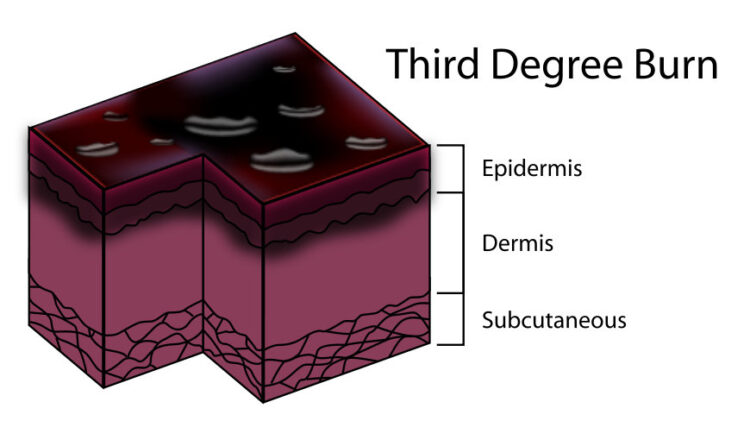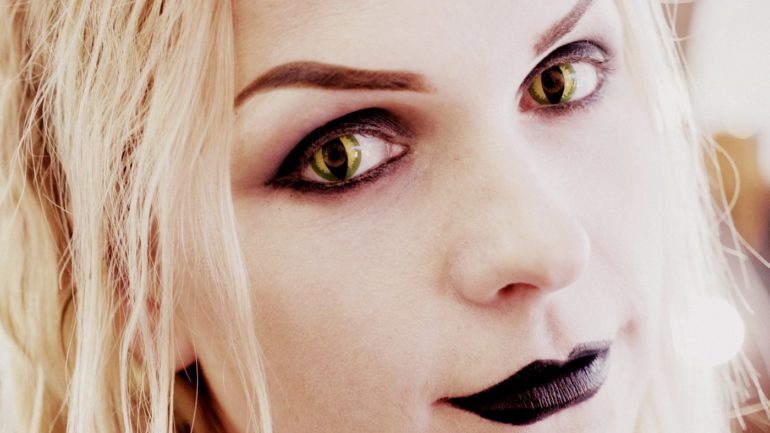What’s the difference between first, second & third-degree burns?
It can take just a moment to get the kind of burn that will take days to heal.
Whether you touch something hot on the stove, get in the steam while straining just-cooked pasta, or are escaping from a fire, burns are serious business.
But how can you tell the difference between first, second and third-degree burns? Here’s a quick look at the symptoms that may be experienced, and typical treatments when the heat gets close enough to hurt.
Here’s a brief overview of the three types of burns, including the various symptoms that may be experienced — along with typical treatments — based on information from the CDC.
First-degree burns
First-degree burns involve the top layer of skin. Sunburn is just one example of a first-degree burn.
Signs of a first-degree burn:
- Red
- Painful to touch
- Skin will show mild swelling
Treatment for first-degree burns:
- Apply cool, wet compresses, or immerse in cool, fresh water. Continue until pain subsides.
- Cover the burn with a sterile, non-adhesive bandage or clean cloth.
- Do not apply ointments or butter to burn; these may cause infection.
- Over-the-counter pain medications may be used to help relieve pain and reduce inflammation.
- First-degree burns usually heal without further treatment. However, if a first-degree burn covers a large area of the body, or the victim is an infant or elderly, seek emergency medical attention.

ALSO SEE: Are warm air hand dryers really more sanitary than paper towels?
Second-degree burns
Second-degree burns involve the first two layers of skin.
Signs of a second-degree burn:
- Deep reddening of the skin
- Pain
- Blisters
- Glossy appearance from leaking fluid
- Possible loss of some skin
Treatment for second-degree burns:
- Immerse in fresh, cool water, or apply cool compresses. Continue for 10 to 15 minutes.
- Dry with a clean cloth, and cover with sterile gauze.
- Do not break blisters.
- Do not apply ointments or butter to burns; these may cause infection
- Elevate burned arms or legs
- Take steps to prevent shock: lay the victim flat, elevate the feet about 12 inches, and cover the victim with a coat or blanket. Do not place the victim in the shock position if a head, neck, back, or leg injury is suspected, or if it makes the victim uncomfortable.
- Further medical treatment is required. Do not attempt to treat serious burns unless you are a trained health professional.

Third-degree burns
A third-degree burn penetrates the entire thickness of the skin, and permanently destroys tissue.
Signs of a third-degree burn:
- Loss of skin layers
- Often painless. (Pain may be caused by patches of first- and second-degree burns, which often surround third-degree burns)
- Skin is dry and leathery
- Skin may appear charred or have patches that appear white, brown or black.
Treatment for third-degree burns:
- Cover burn lightly with sterile gauze or clean cloth. (Don’t use a material that can leave lint on the burn).
- Do not apply ointments or butter to burns; these may cause infection
- Take steps to prevent shock: lay the victim flat, elevate the feet about 12 inches.
- Have the person sit up if the face is burned. Watch closely for possible breathing problems.
- Elevate burned area higher than the victim’s head when possible. Keep the person warm and comfortable, and watch for signs of shock.
- Do not place a pillow under the victim’s head if the person is lying down and there is an airway burn. This can close the airway.
- Immediate medical attention is required. Do not attempt to treat serious burns unless you are a trained health professional.

ALSO SEE: How do you use a fire extinguisher?







